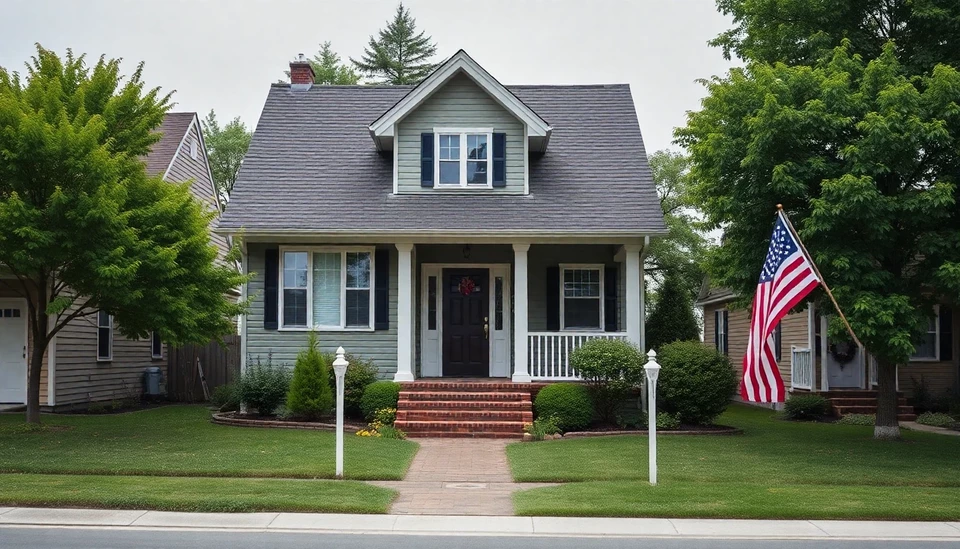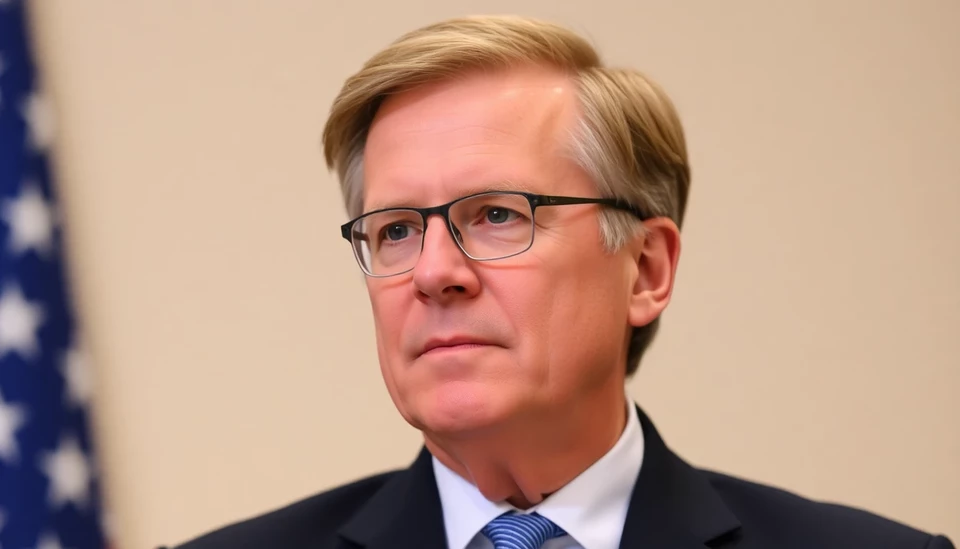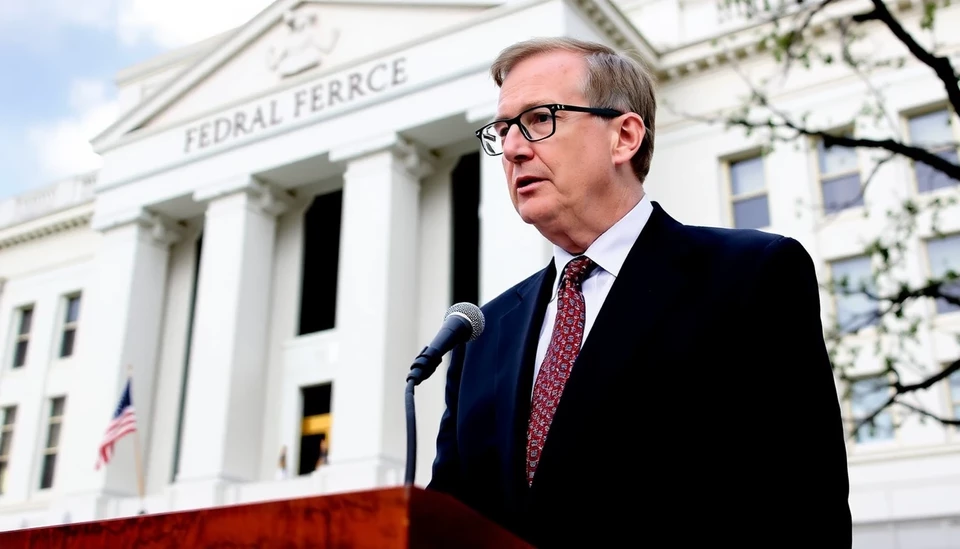
The real estate market in the United States is bracing for a challenging year ahead as escalating tariffs and heightened uncertainty are projected to create further pressure on home prices. Analysts are becoming increasingly concerned that 2025 may see a continuation of the downward trend witnessed in recent months, posing significant implications for both buyers and sellers.
Home prices in the U.S. have shown signs of stagnation, with many regions reporting flat or declining values. Factors such as rising interest rates and high inflation have strained the purchasing power of potential homeowners, leading to a notable slowdown in real estate activity. The situation is expected to worsen as additional tariffs are imposed, driving up construction costs and further impacting housing affordability.
Industry experts warn that these tariffs, aimed at various imported goods, are anticipated to ripple through supply chains. Builders and contractors could face increased costs for materials like steel and lumber, which are essential for new home construction. This rise in operational costs is expected to be passed on to consumers, making new homes even more expensive and potentially deterring buyers from entering the market.
In metropolitan areas where inventory is already limited, the combination of high prices and rising costs could exacerbate the existing dilemma of housing shortages. The lack of affordable homes continues to challenge both urban and suburban markets, and as prices stabilize at higher rates, many potential first-time buyers may be forced to wait longer to purchase their homes.
Moreover, economists predict that the overall economic apprehension tied to these tariffs may lead to a reduction in consumer confidence. This could further stall the housing market, as individuals become hesitant to commit to large investments amid uncertain economic conditions.
For sellers, the current market presents a paradox. While some homeowners may feel pressure to sell before prices slide further, many are holding off due to conditions that could lead to lower sale prices. This standstill could result in a more substantial inventory shortage in the coming months, ultimately contributing to increased competition as buyers navigate a shrinking pool of available properties.
Banks and mortgage lenders are also observing these trends closely, adapting their strategies in response to the tightening market conditions. Changes in mortgage rates and lending practices could alter the landscape, making it critical for prospective homeowners to stay informed about their financing options during this period of flux.
As we move further into 2025, it remains to be seen how these factors will influence the housing market. For now, industry insiders emphasize the necessity for buyers and sellers to remain vigilant and adaptable as they navigate this uncertain economic terrain.
Amidst these unfolding circumstances, many are left asking how long these adverse conditions will last and what, if any, measures can be implemented to stabilize the market. Stakeholders across the board are eager for resolution, with the hope that proactive measures could mitigate the impacts of tariffs on the housing sector.
As we continue to monitor this situation, the implications are clear: both buyers and sellers will need to brace themselves for a potentially tough year ahead.
<#>realestate #housing #market #tariffs #homeprices #economicuncertainty #2025 #housingcrisis
Author: Rachel Greene




